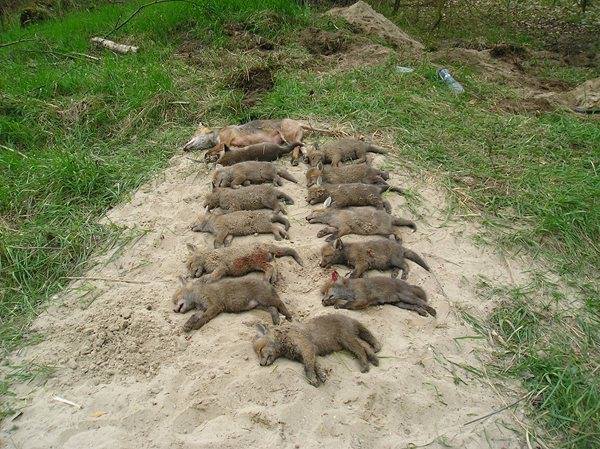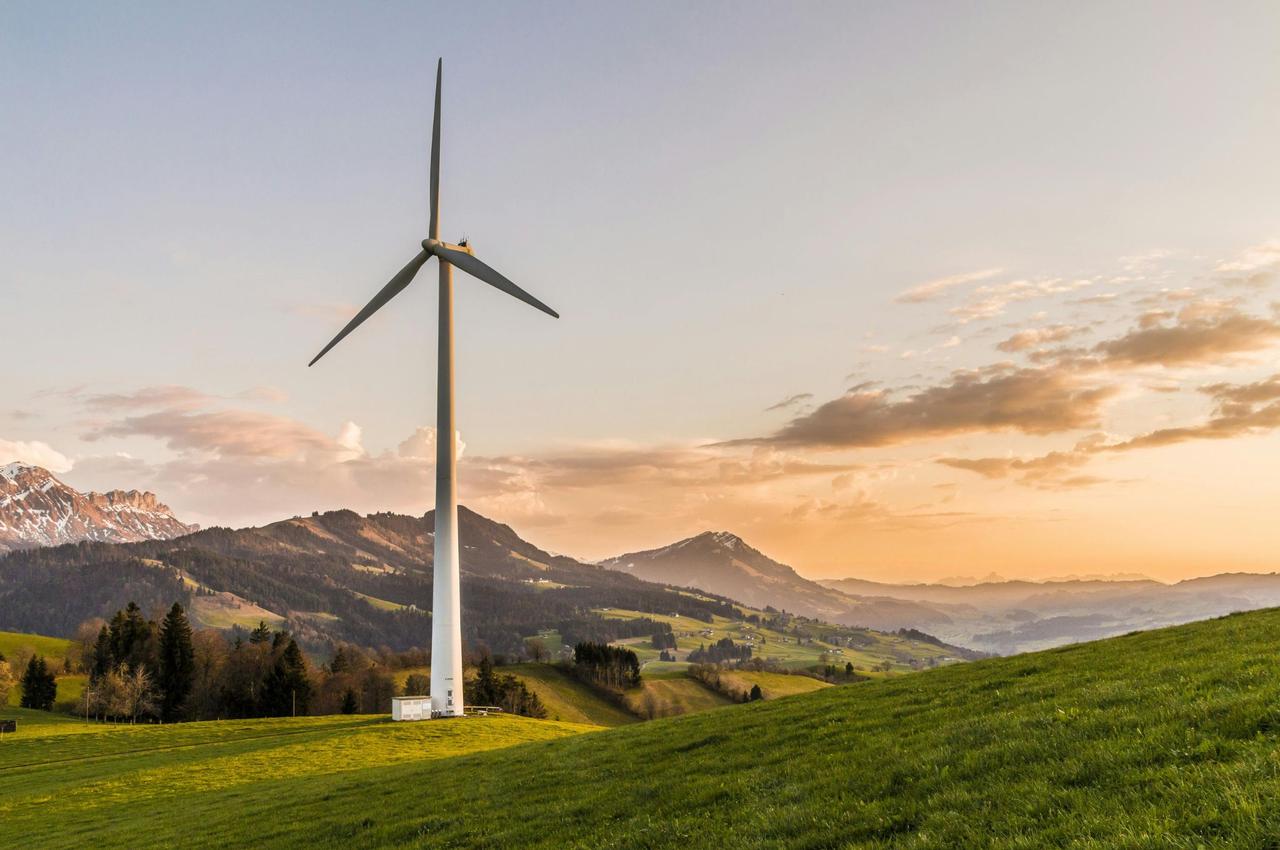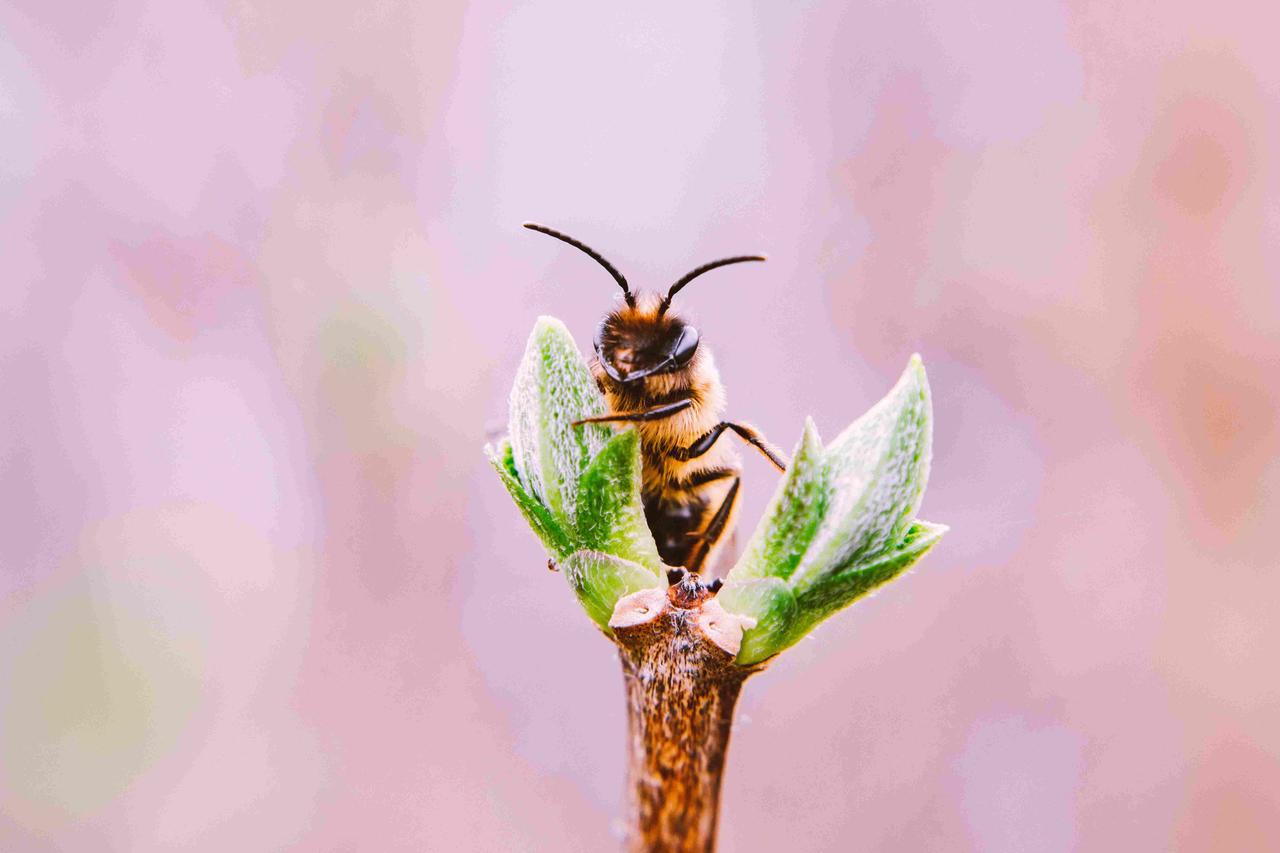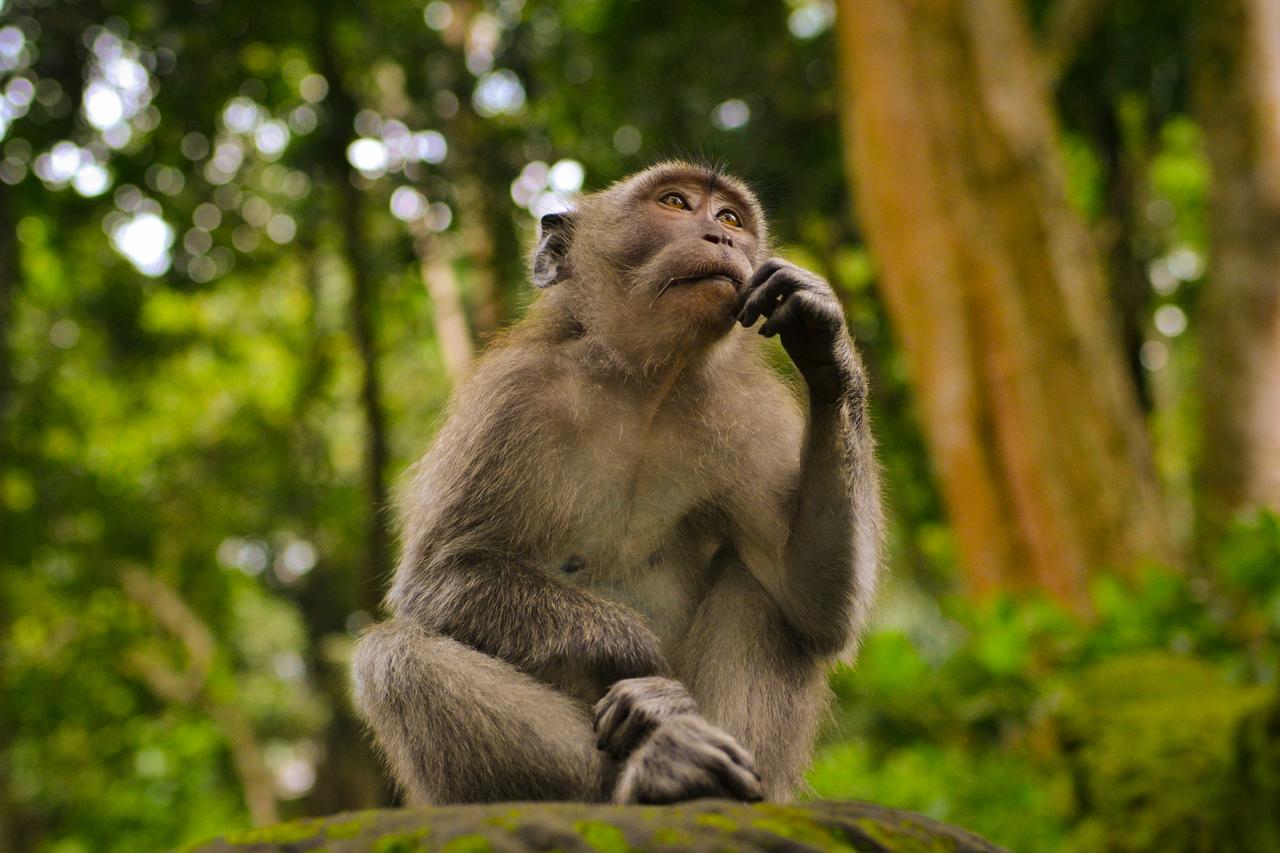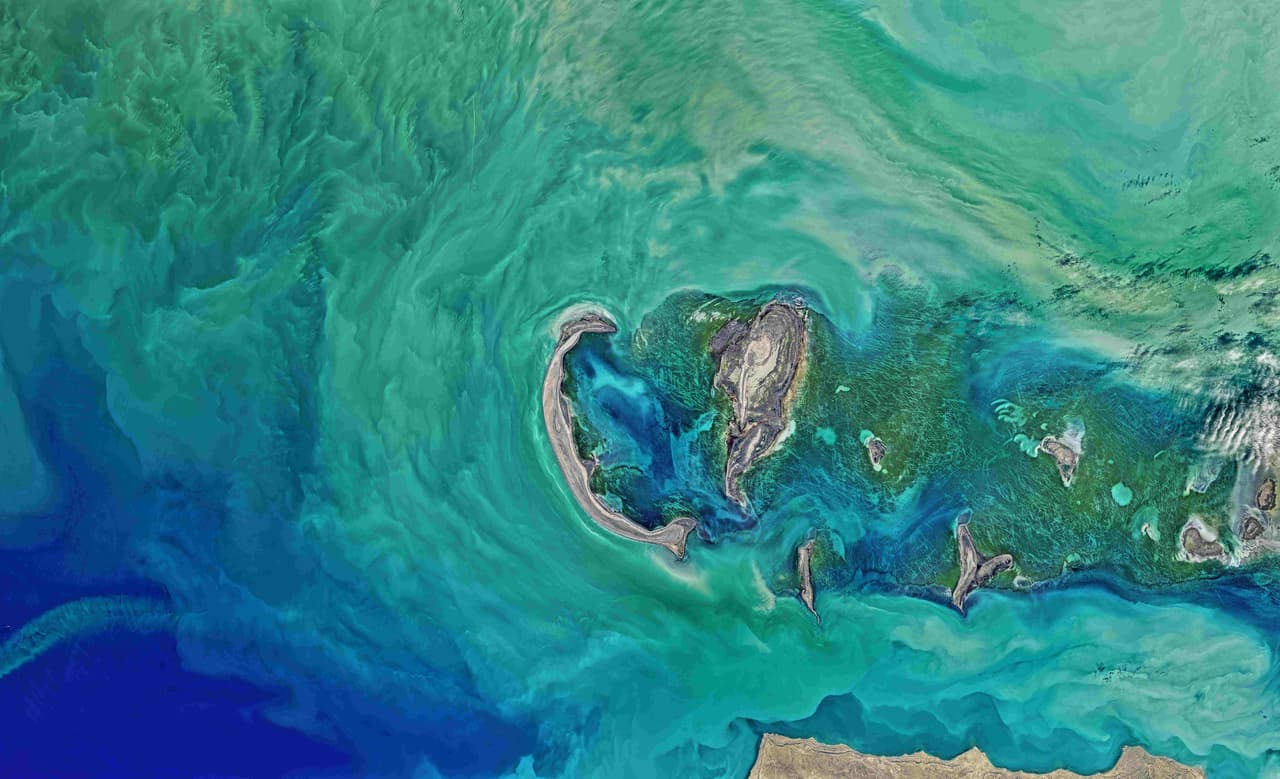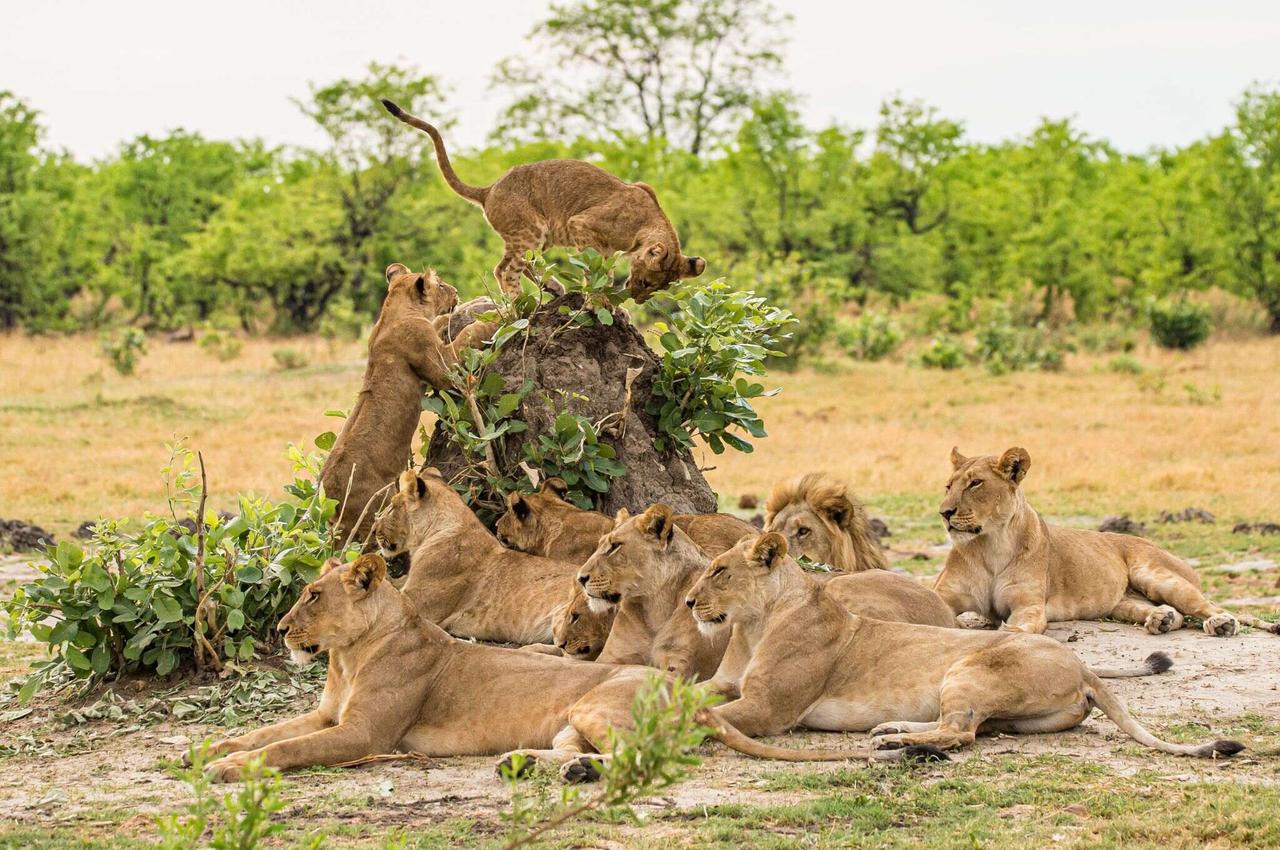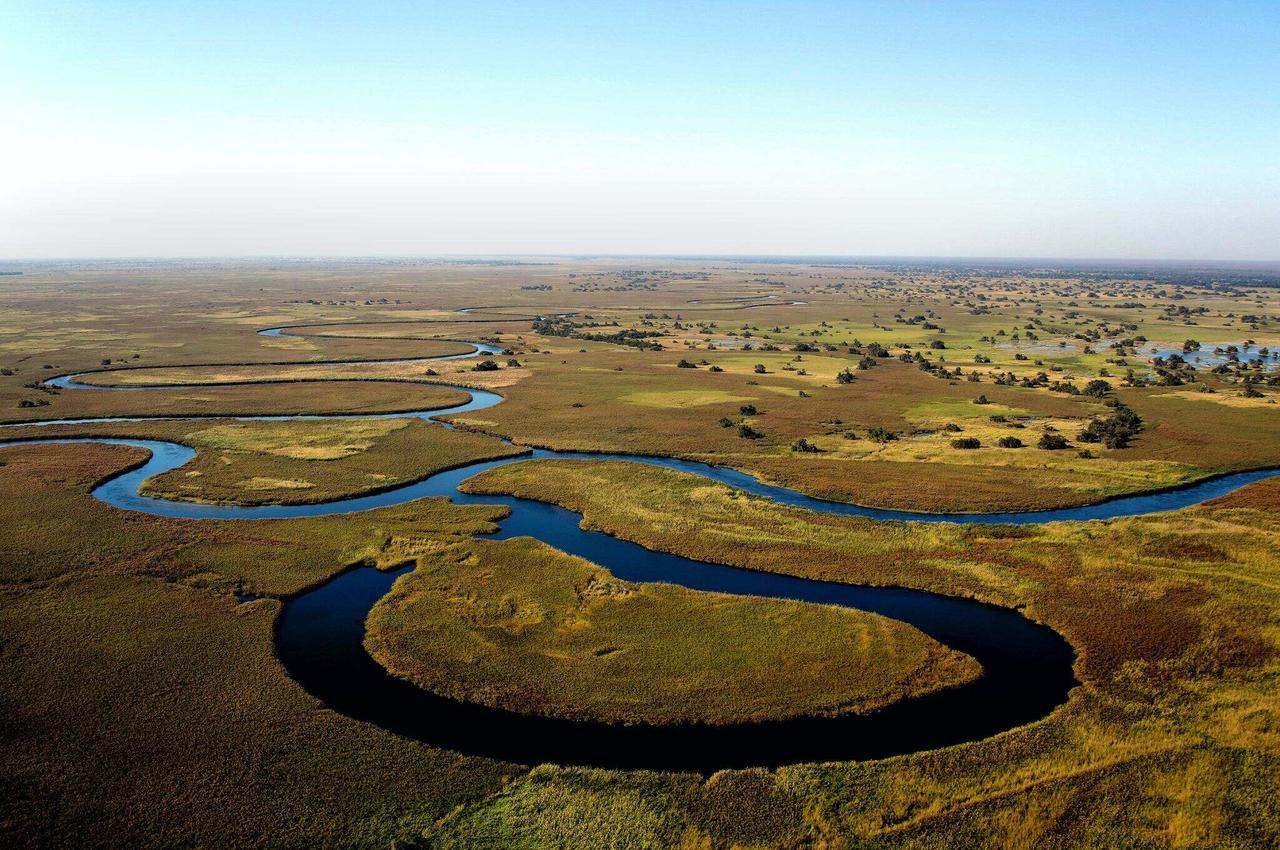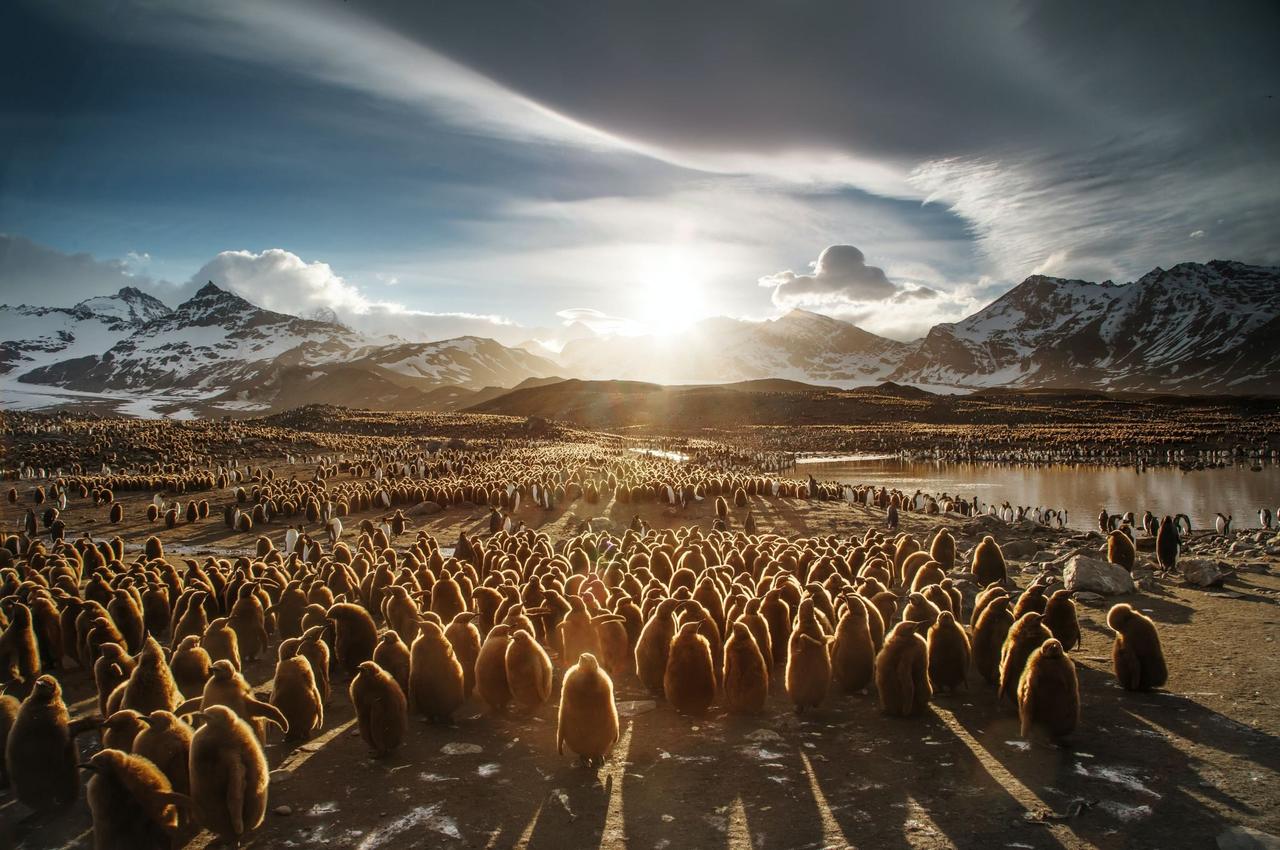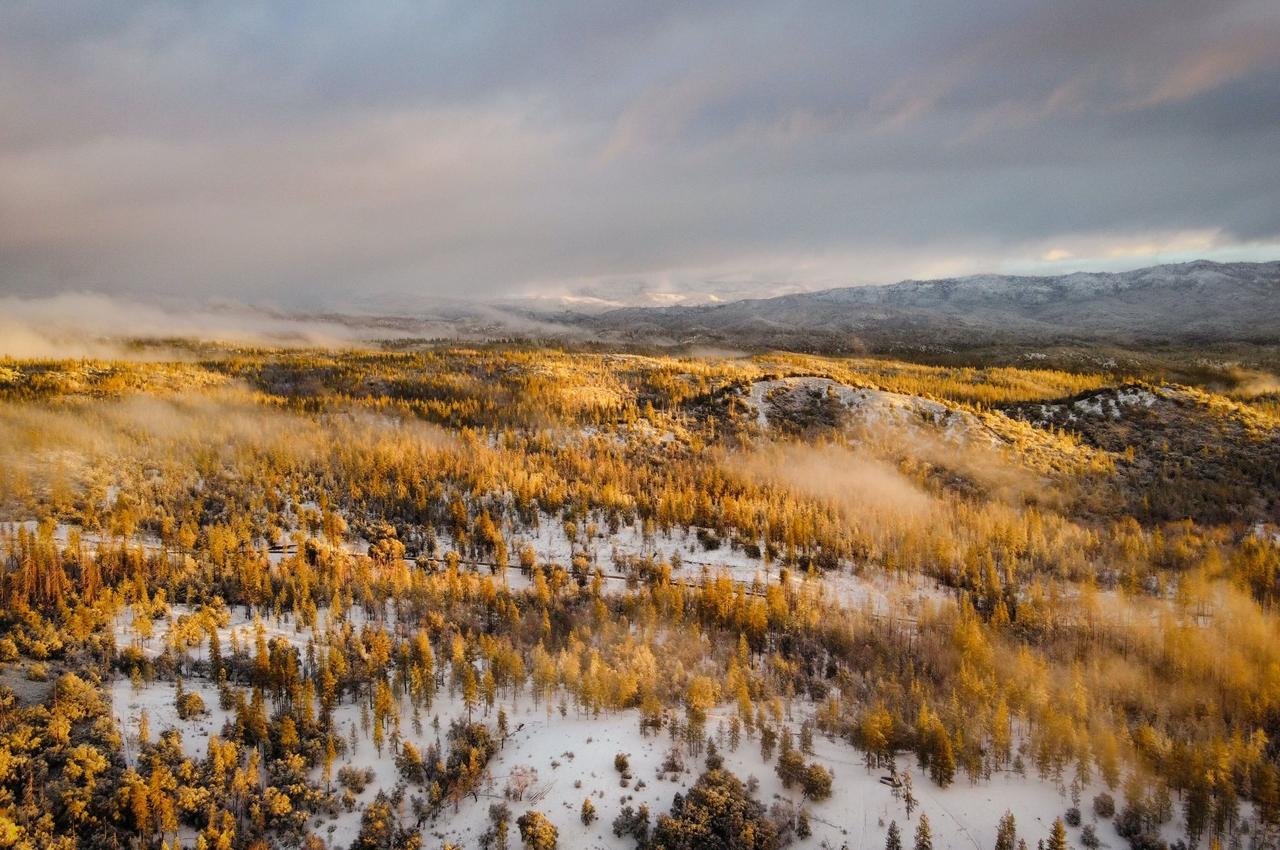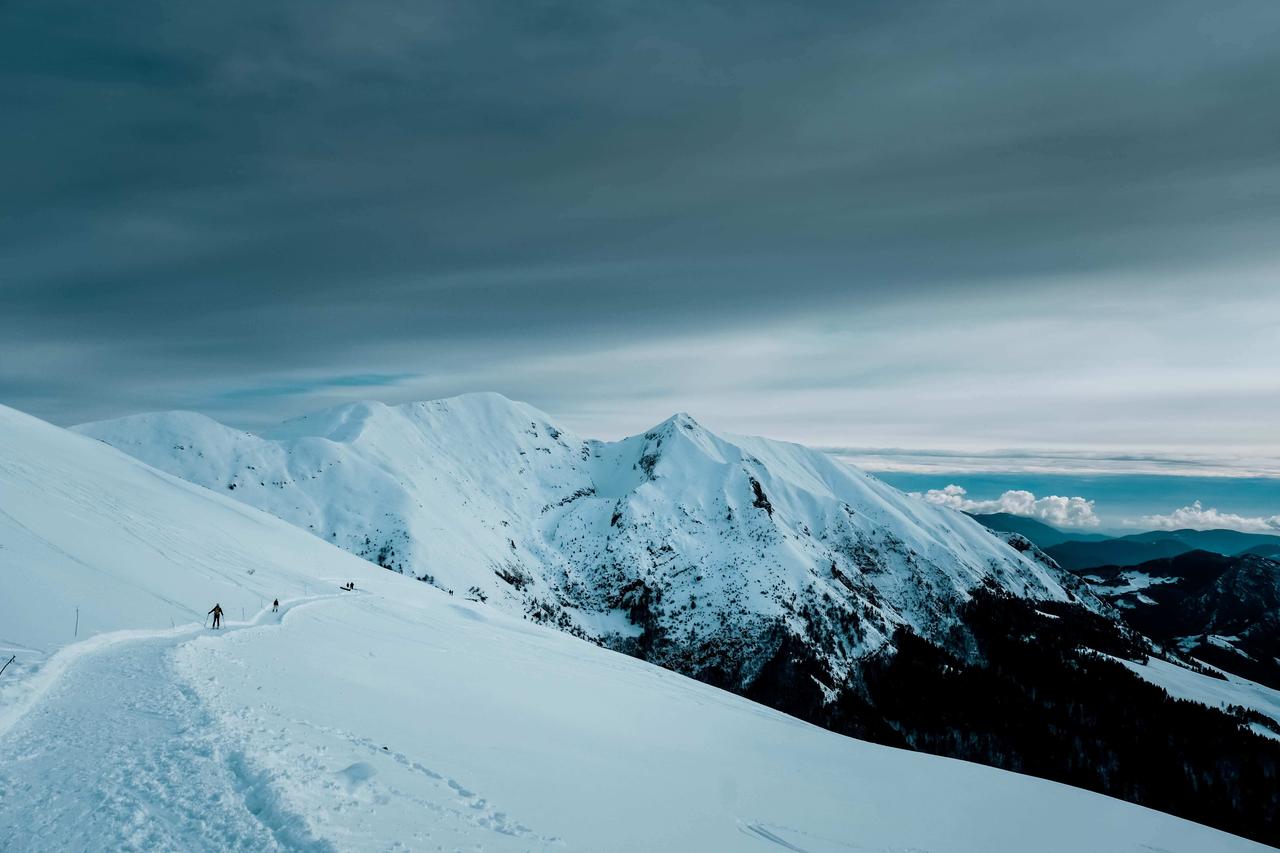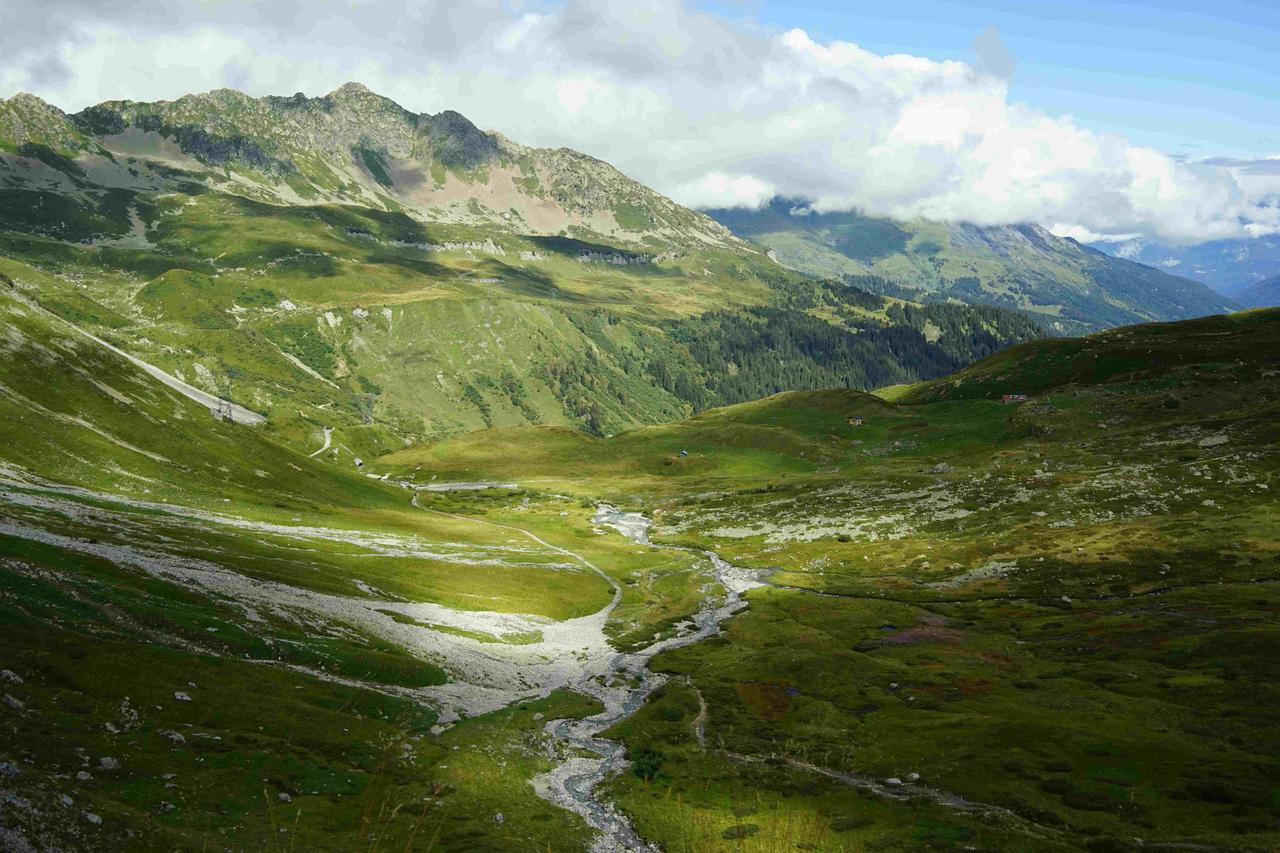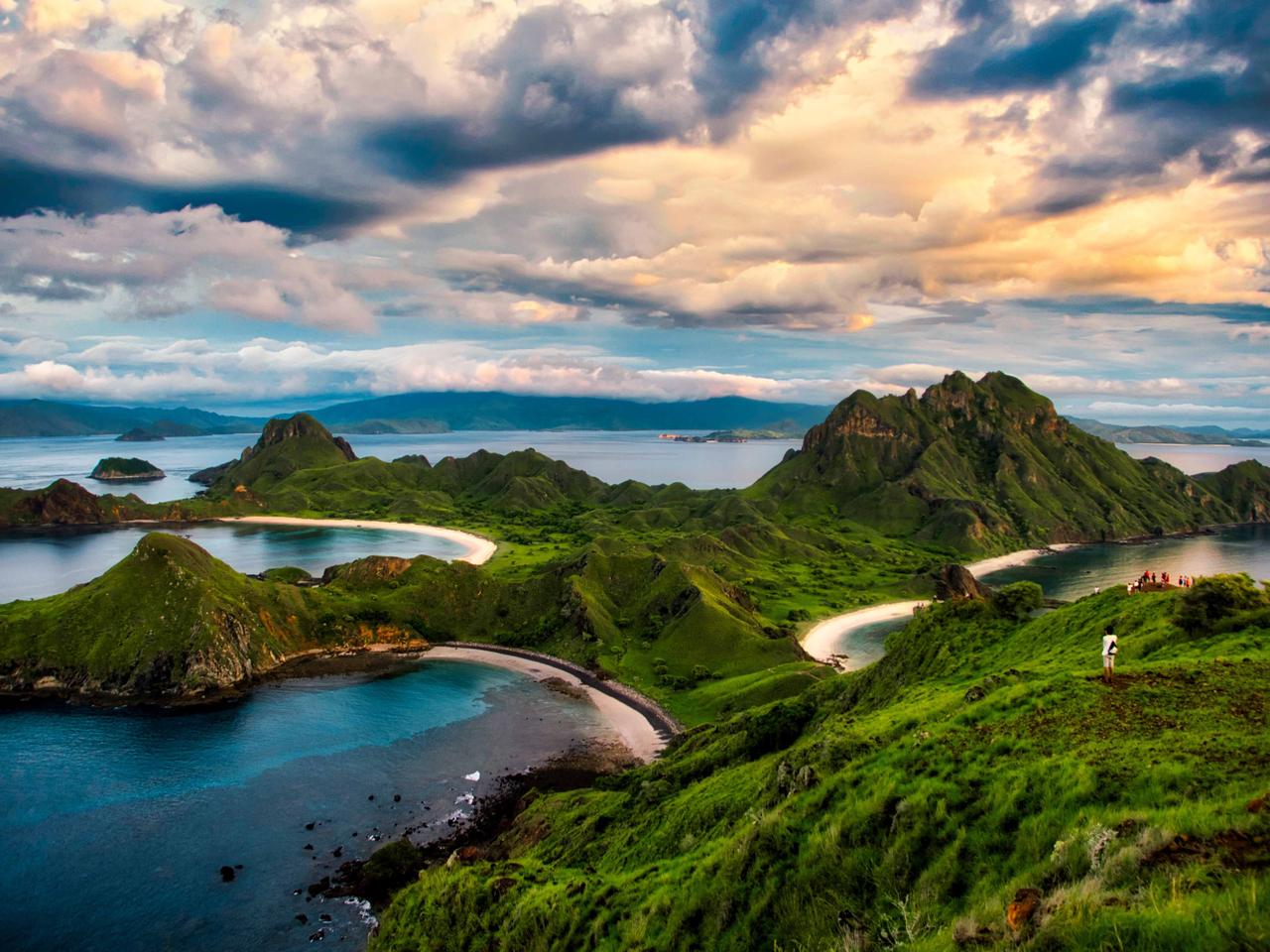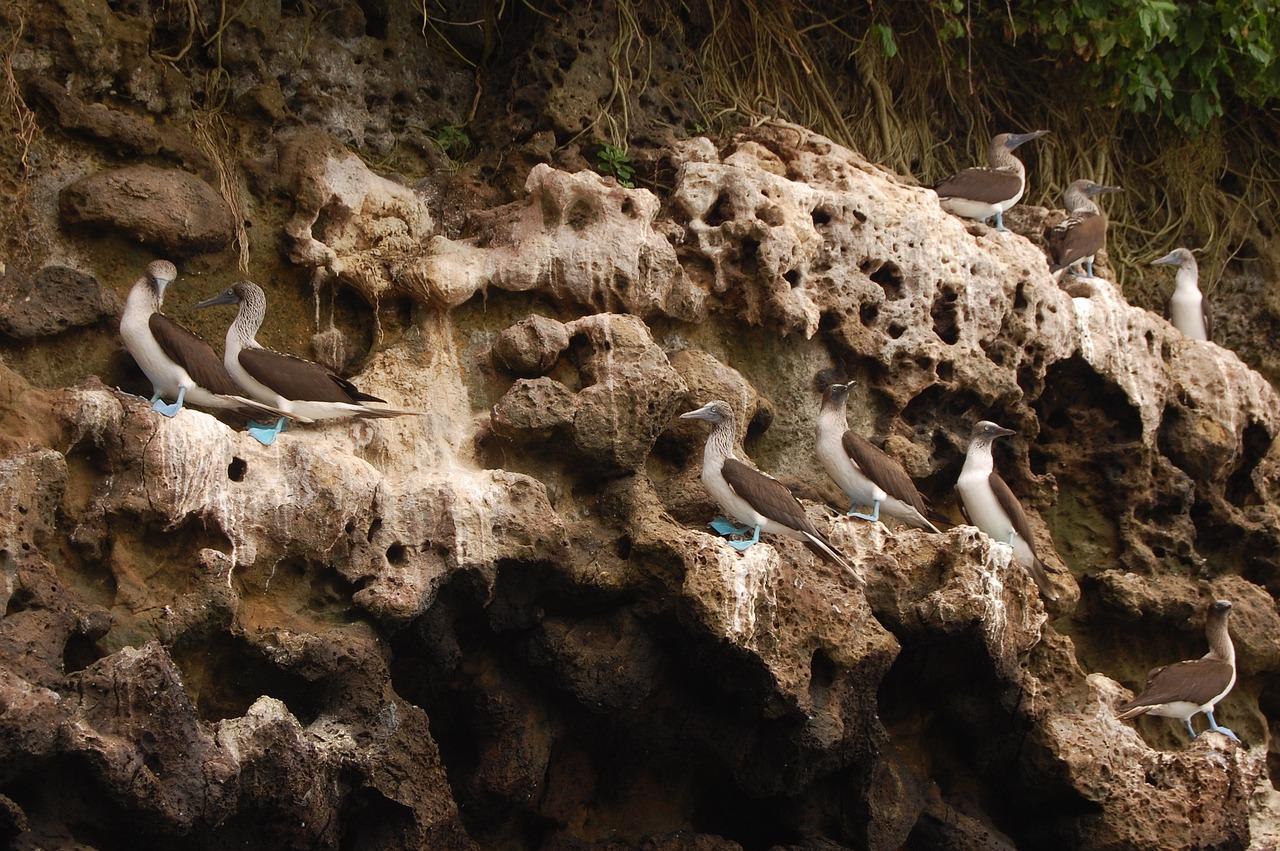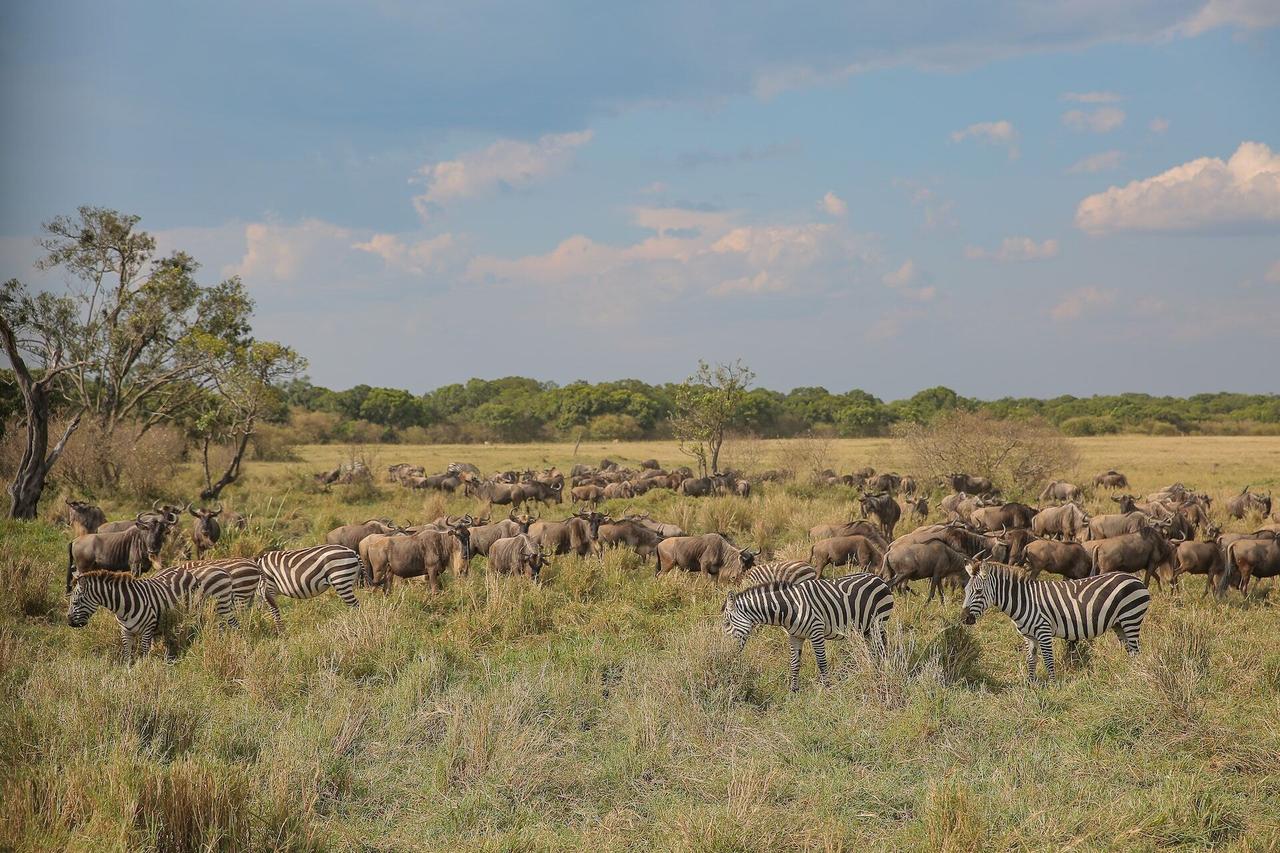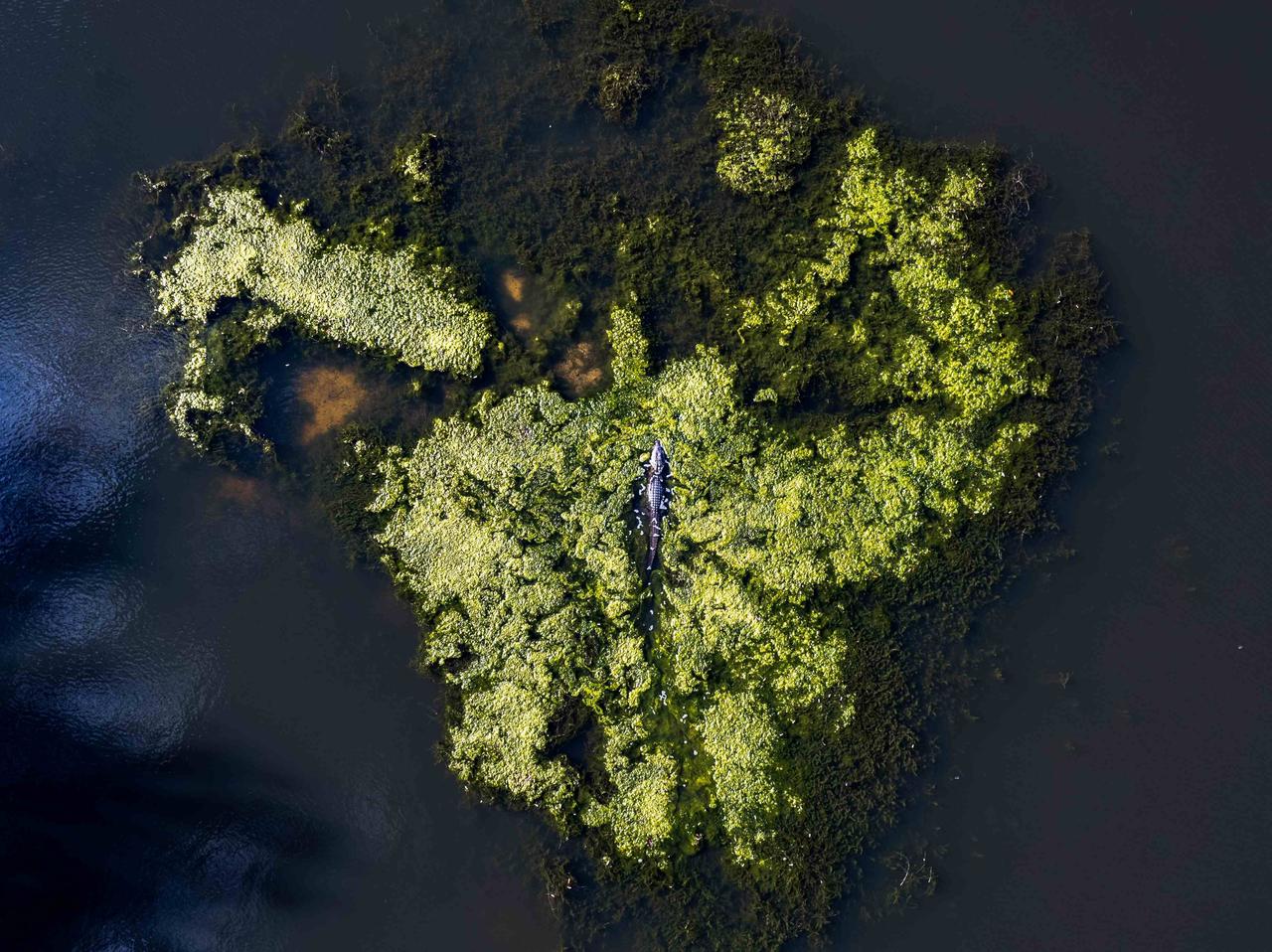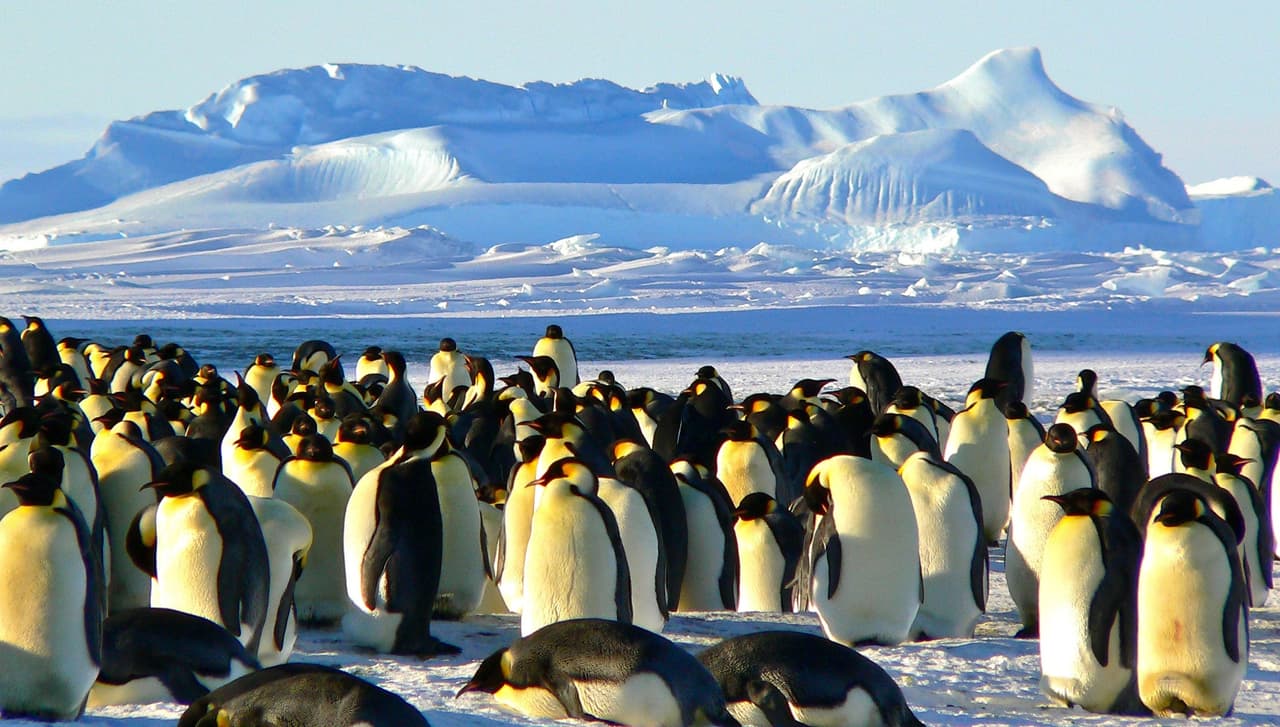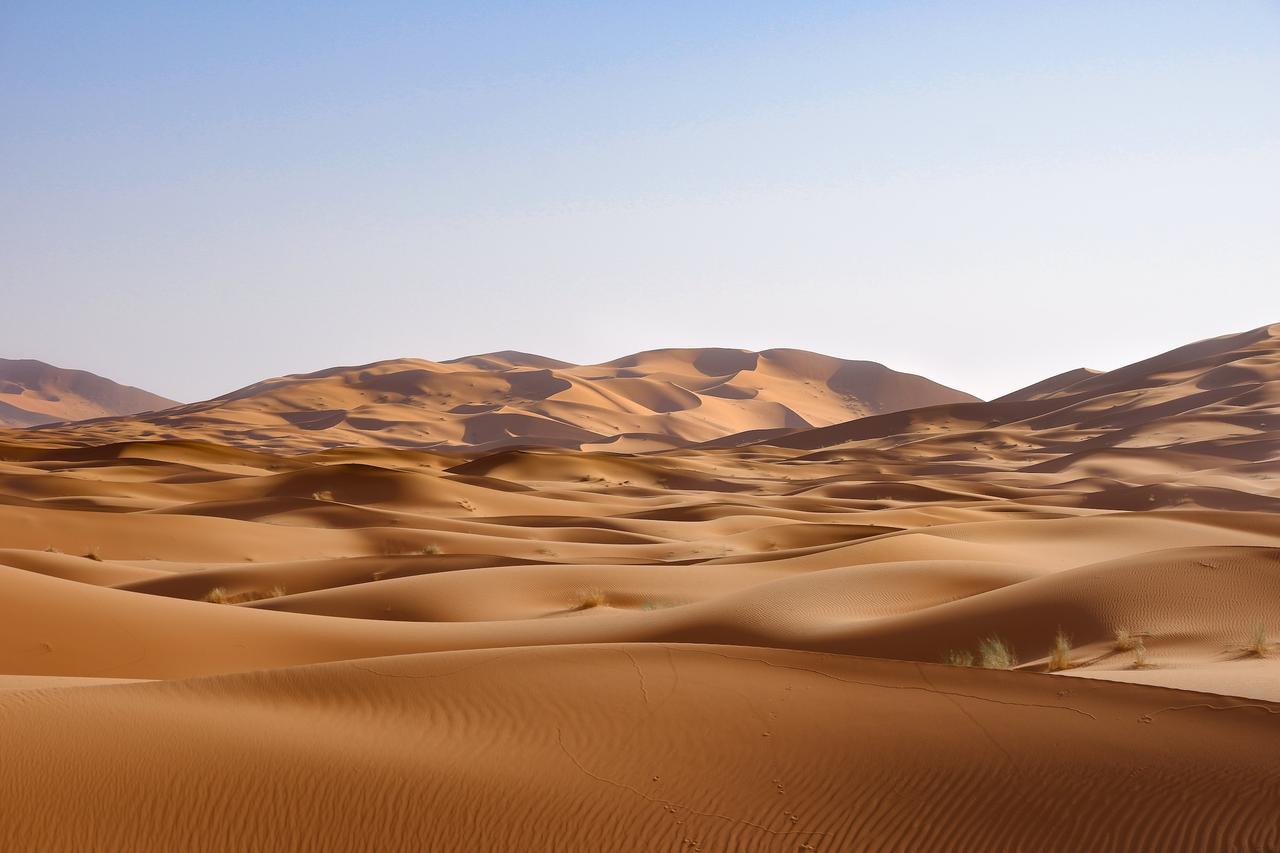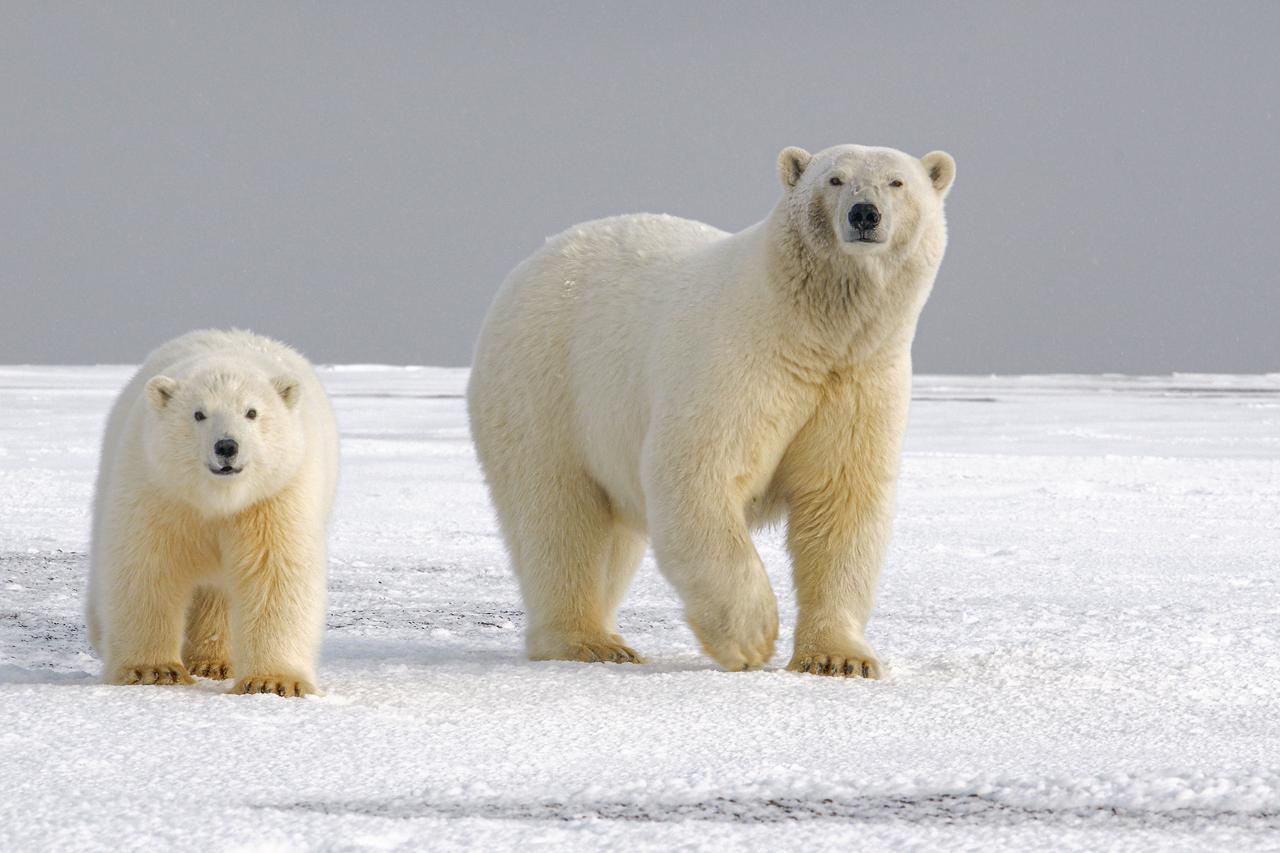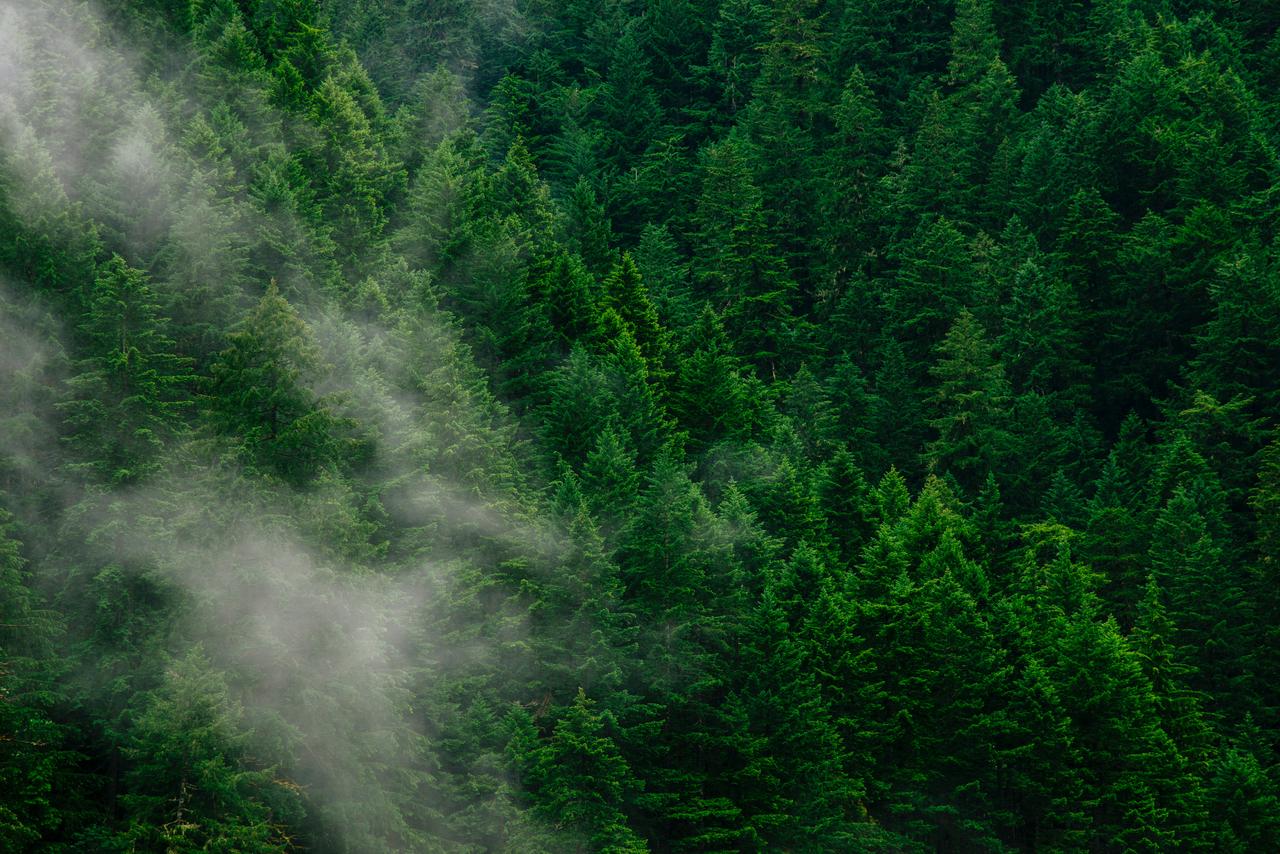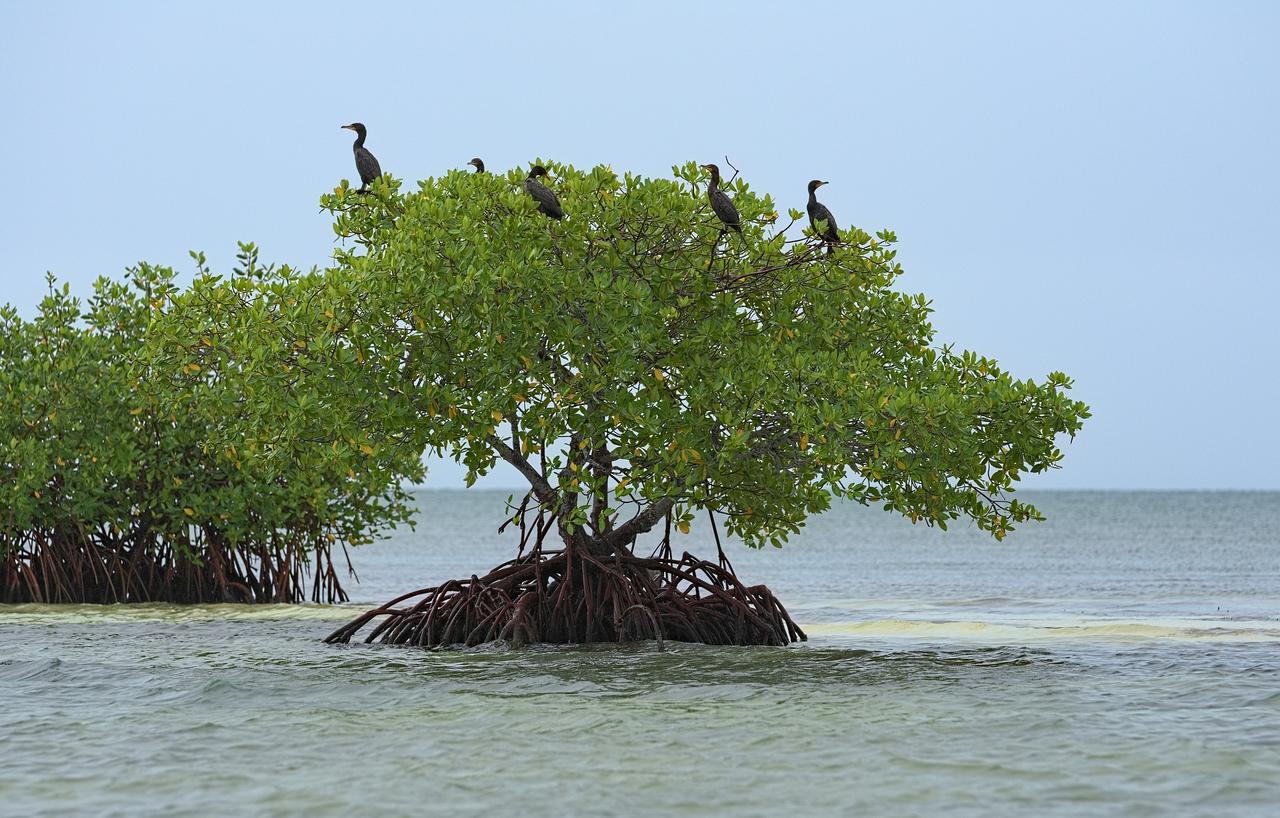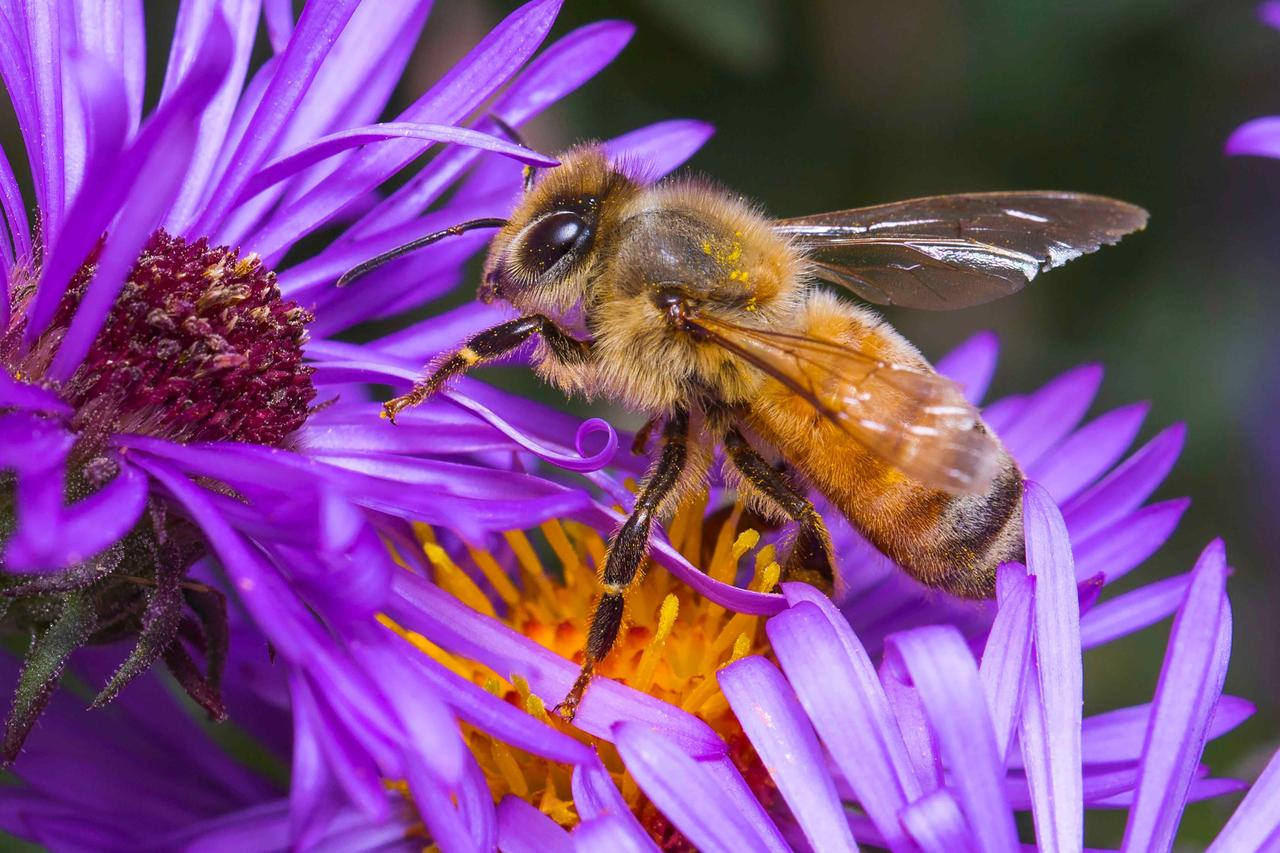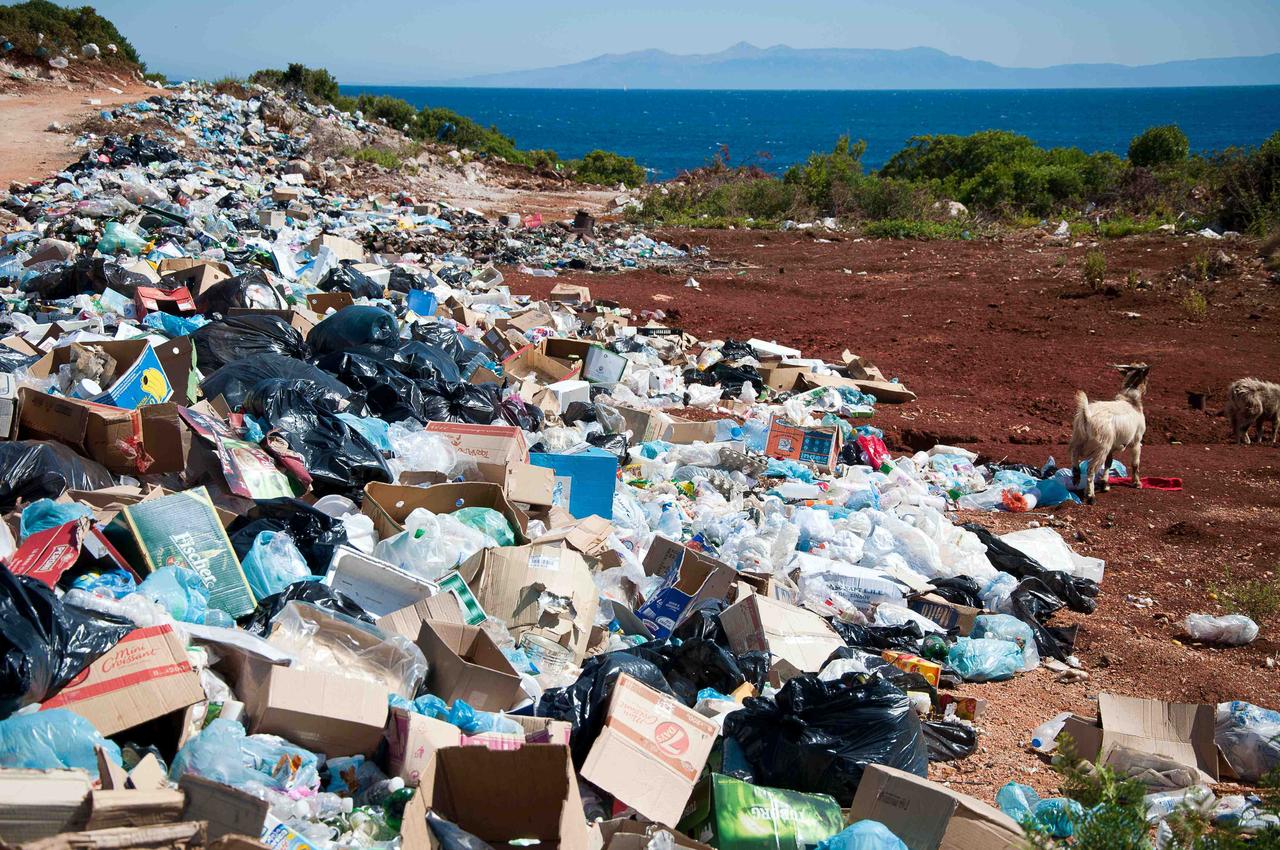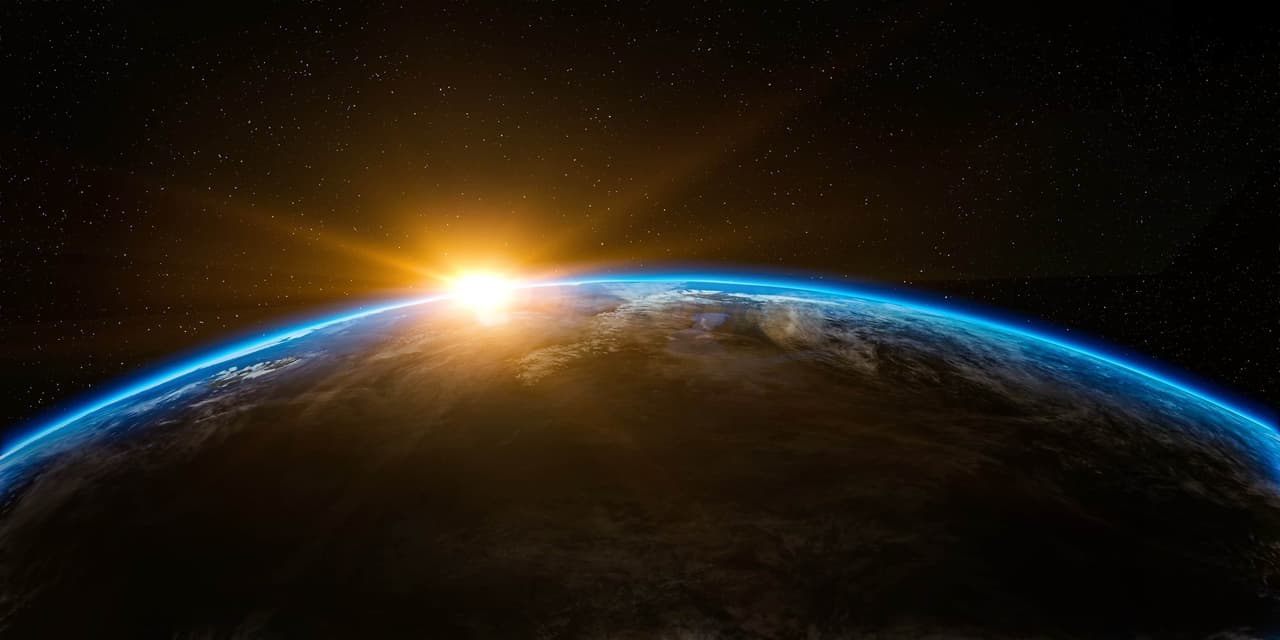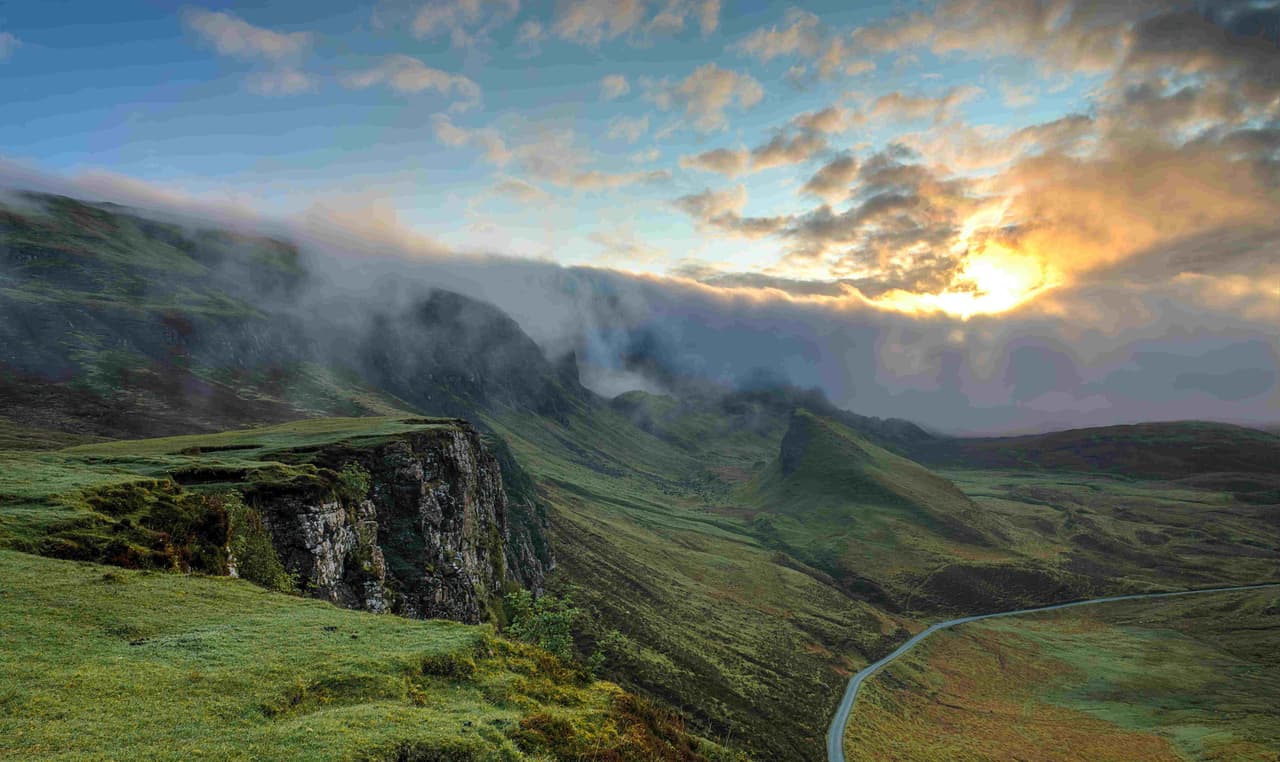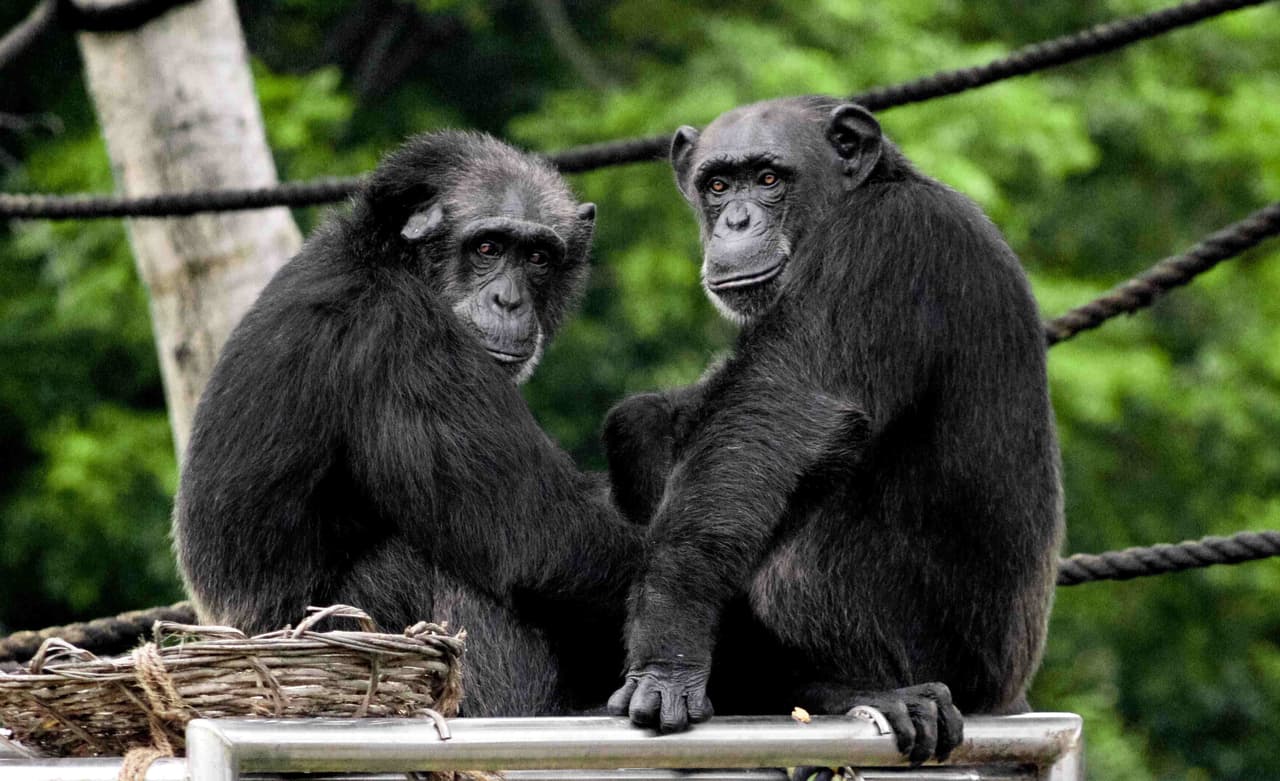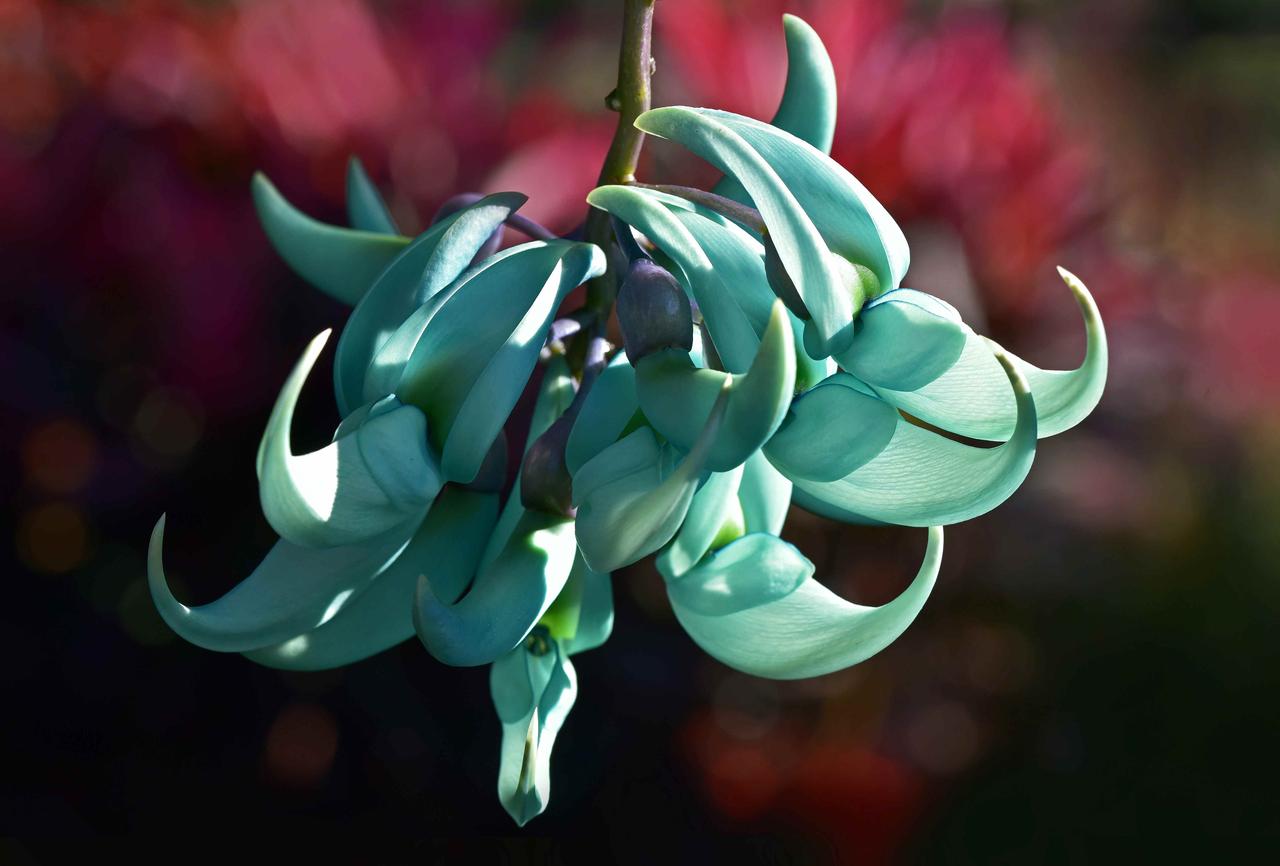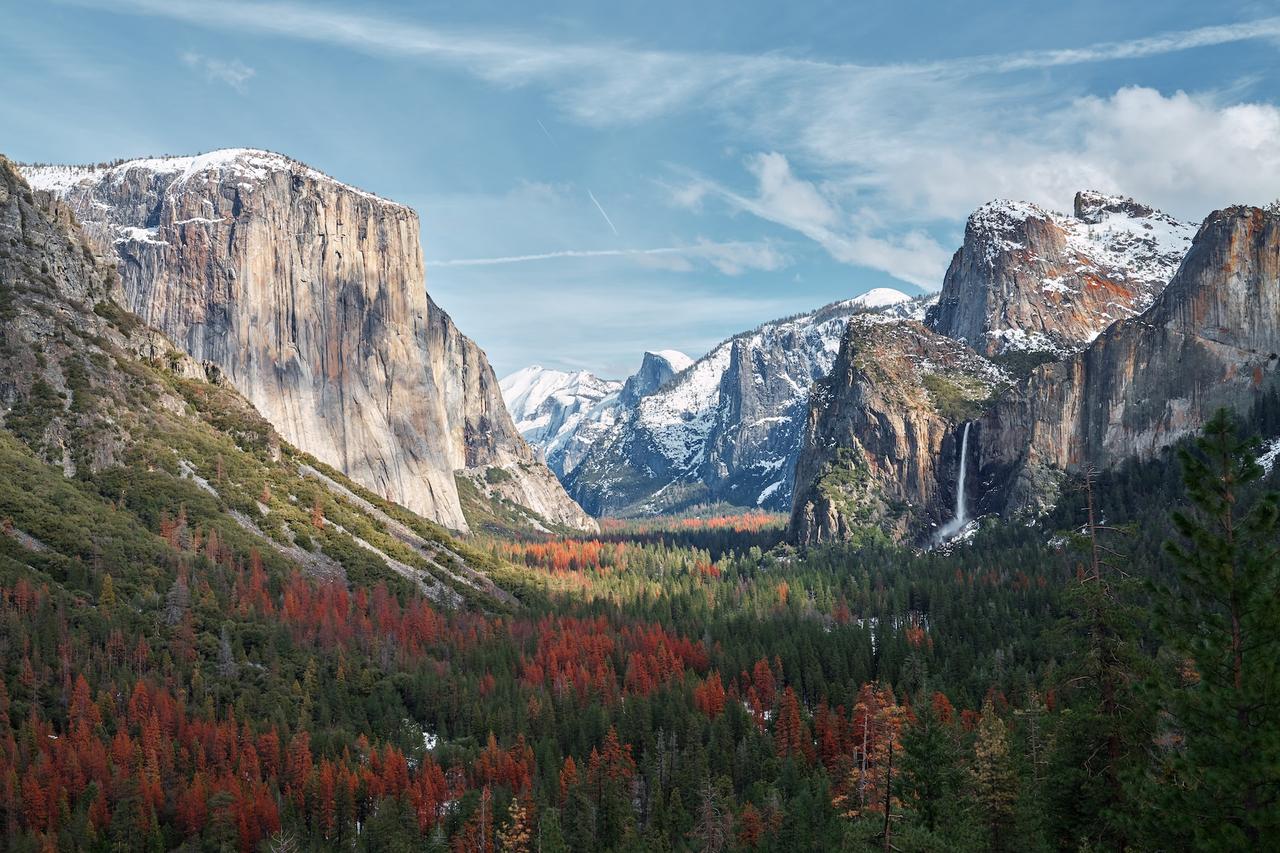
Mountains are some of the most varied ecosystems on the planet, supporting 85% of all bird, mammal and amphibian species. But they are changing — and, unfortunately, their threats have largely been ignored.
Our planet’s last remaining wild habitats hold the keys to sustaining our planet’s precious BIODIVERSITY — and ourselves. As these habitats rapidly change, it is now more imperative than ever we support their preservation.
With HOPE FOR HABITATS, we aim to do just that — showcasing the wonder and worth of Earth’s most integral habitats. And perhaps none are more arresting and formidable than: mountains.
Just a giant rock? Think again.
Mountain regions provide essential resources and protection for the species which call them home — including humans. Here are just a few ways they are essential to life on Earth:
- Biodiversity hotspots — Found on every continent, mountains boast half of the world’s biodiversity hotspots, and 30% of its key biodiversity areas. More than 85% of the amphibians, birds, and mammals can be found in mountain regions.
- Water towers — Mountains provide 60-80% of freshwater resources. Most major rivers and many minor rivers start in mountainous regions. The world’s largest cities rely on mountain water; including New York, Rio de Janeiro, and Tokyo.
- Feeding the world — Some of the most important crops and livestock species come from mountains — including potatoes, corn, apples, coffee, and tomatoes.
- Fresh air — Mountain air is less polluted than air in lowlands. This is not just because of their elevation, but also because mountains have higher levels of precipitation, filtering out pollutants from the atmosphere.
- Climate fighters — Mountains contain 23% of Earth’s forests, helping store carbon better than most areas on Earth. Even more remarkable, through a process called carbon mineralization; mountain rocks, like those in Oman, may be able to store hundreds of years of carbon emissions.
The thaw — menaces to mountains
Mountain habitats have begun to change for the worst. Mountain regions are now warming 50% faster than the global average, fundamentally changing their ecological makeup. What’s driving this change?
- Land degradation
- Climate change
Mountain glaciers are some of the largest reservoirs of freshwater on the planet — but nearly 600 have disappeared over the past several decades and half of all are expected to disappear by 2100. Mount Everest alone lost 2,000 years worth of ice in 30 years, 80% faster than it formed. Nearly 70% of all the ice it has left will be gone by the end of the century.
As mountain ice continues to melt, the world will experience a cascade of negative effects, including rising sea levels, water shortages, loss of biodiversity, and the potential for increased natural disasters. Supporting conservation efforts is no longer just an option — but a necessity.
___
Did you know? World Mountain Day is December 11.











